When we come across an injured bird, it’s easy for us to assume they are in pain. We perceive their behavior from a human perspective and think they must be hurting. However, do birds feel pain? In this article, you will learn the answer and all the facts surrounding it.
Birds feel pain just like humans and other mammals do. They have a nervous system that functions in the same way and also have brains which are where pain signals originate. Pain perception allows animals to minimize their exposure to life-threatening dangers; without it, they would not survive.
The study of pain in birds is still in its infancy, not a lot is known about how they perceive pain. In the remainder of this article, I will present facts about the avian nervous system and also the results of the studies that have been done.

As an Amazon Associate, I earn from qualifying purchases. Birdwatch World earns commissions from Amazon and similar affiliate programs from any purchases made via links in this article.
What Pain Is And Where It Comes From In Humans And Animals
There are two separate processes involved in pain production in humans. Firstly, nerve endings in the skin sense something potentially harmful such as heat, pressure, or a sharp object. These nerves communicate this message to the spinal cord which activates motor neurons that cause us to pull away from the threat. This is called nociception.
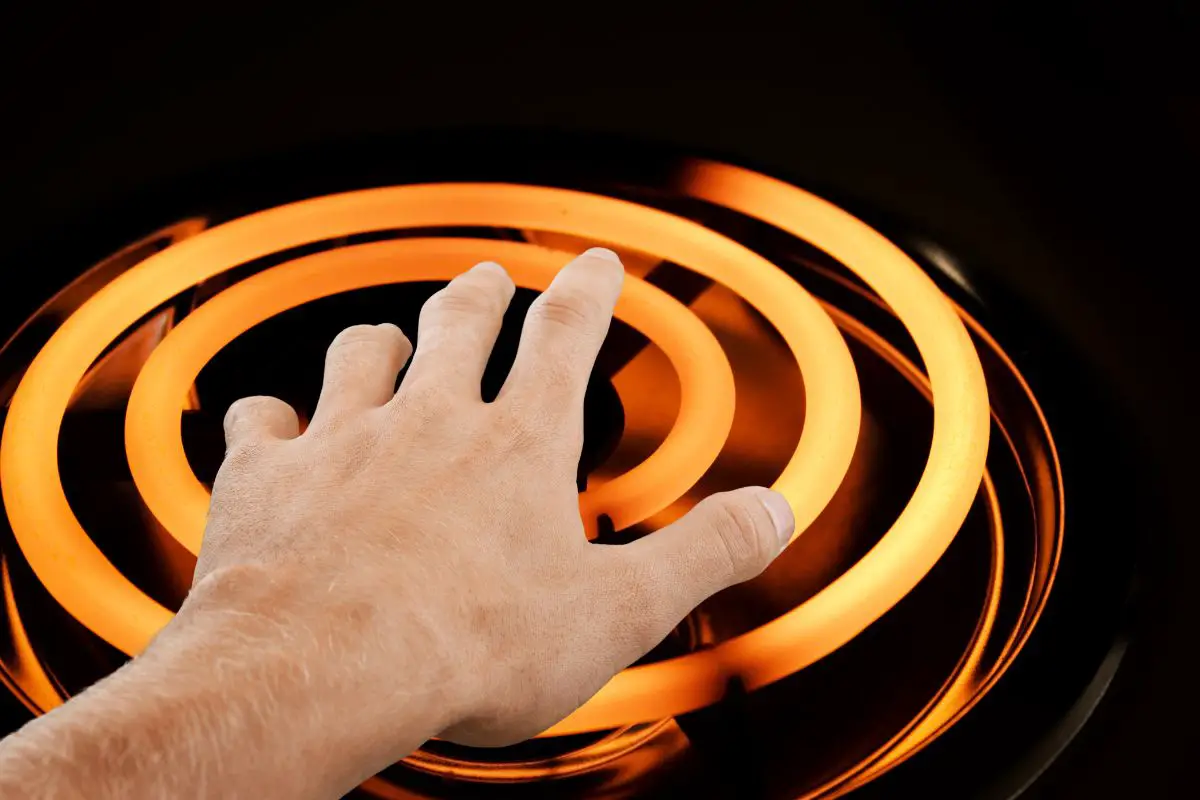
Nearly all animals on the planet, even those with very basic nervous systems, experience nociception. Without it, they would be unable to avoid harm and their survival would not be possible.
The second pain production process is where we become consciously aware of the pain. This happens when the nerve endings in our skin send electrical impulses via the spinal cord to the brain. The brain then signals millions of neurons in various parts of our bodies to create the sensations of pain.
As humans, we have many ways in which we communicate pain to those around us. We exhibit physical responses such as facial expressions and various other body movements. We can also indicate pain vocally; we are able to tell someone where the pain is and how bad it is.

Recognizing pain in animals such as birds is not so easy. It’s hard to know how they experience pain as they cannot tell us how it feels for them. By studying the internal structure of their bodies, however, we can see the similarities between our nervous systems and approximate how they might experience pain.
Learn how birds fly in this article here on my site.
Do Birds Feel Pain? – The Avian Nervous System
Just like the human body, a bird’s body has a nervous system that is responsible for the control of its senses and actions. The nervous system transmits stimuli that cause motor responses and regulate all the bird’s internal bodily functions.
All vertebrates have comparable anatomical elements in their nervous systems, although the degree of complexity varies, and birds are on the more complex end of the scale.
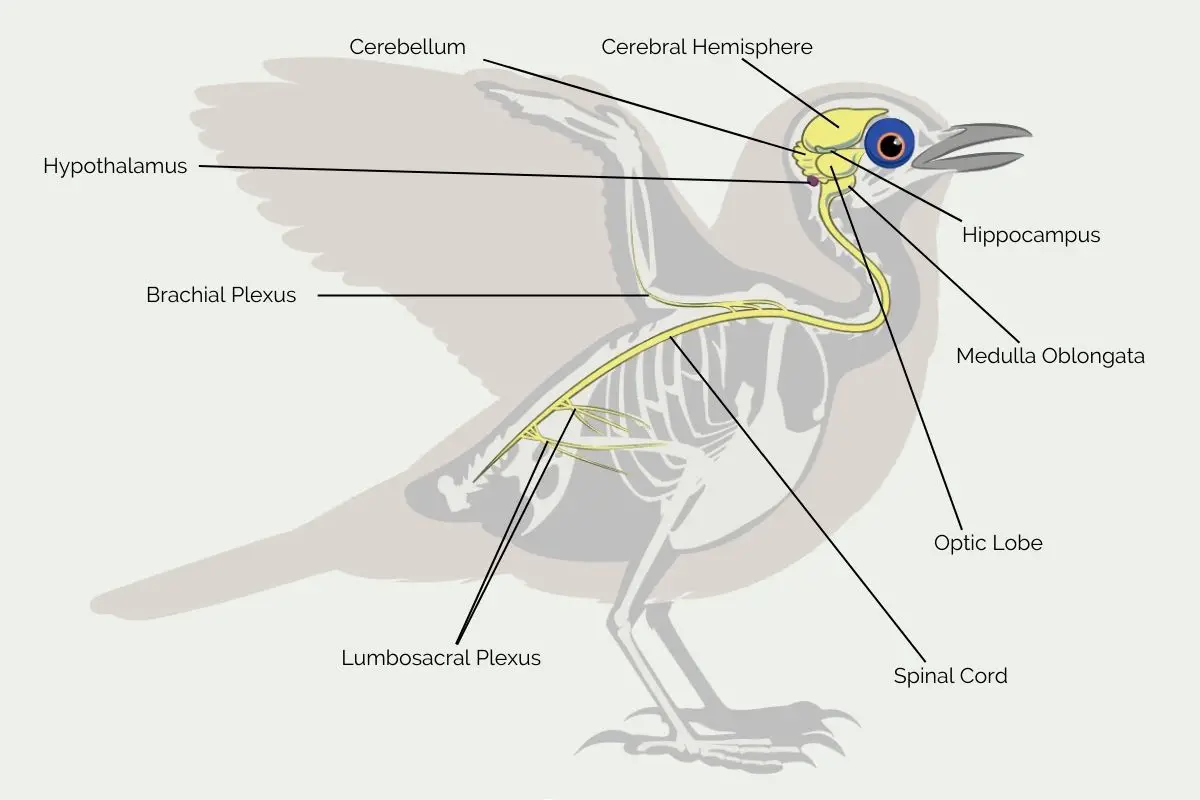
The brain and spinal cord comprise the central nervous system, while cranial and spinal nerves act as the peripheral nervous system, connecting other body parts.
Sympathetic and parasympathetic nerves, which have their origins in the brain and spinal cord, make up the autonomic nervous system. These nerves control the blood vessels, glands, and smooth muscles of the internal organs. These systems are made up of nerve bundles, which use specialized cells called neurons to carry information.
Birds have two types of neurons: motor and sensory. Sensory neurons are responsible for conveying impulses all over the body to the central nervous system. Motor neurons carry signals from the brain and spinal cord to stimulate the muscles and glands.
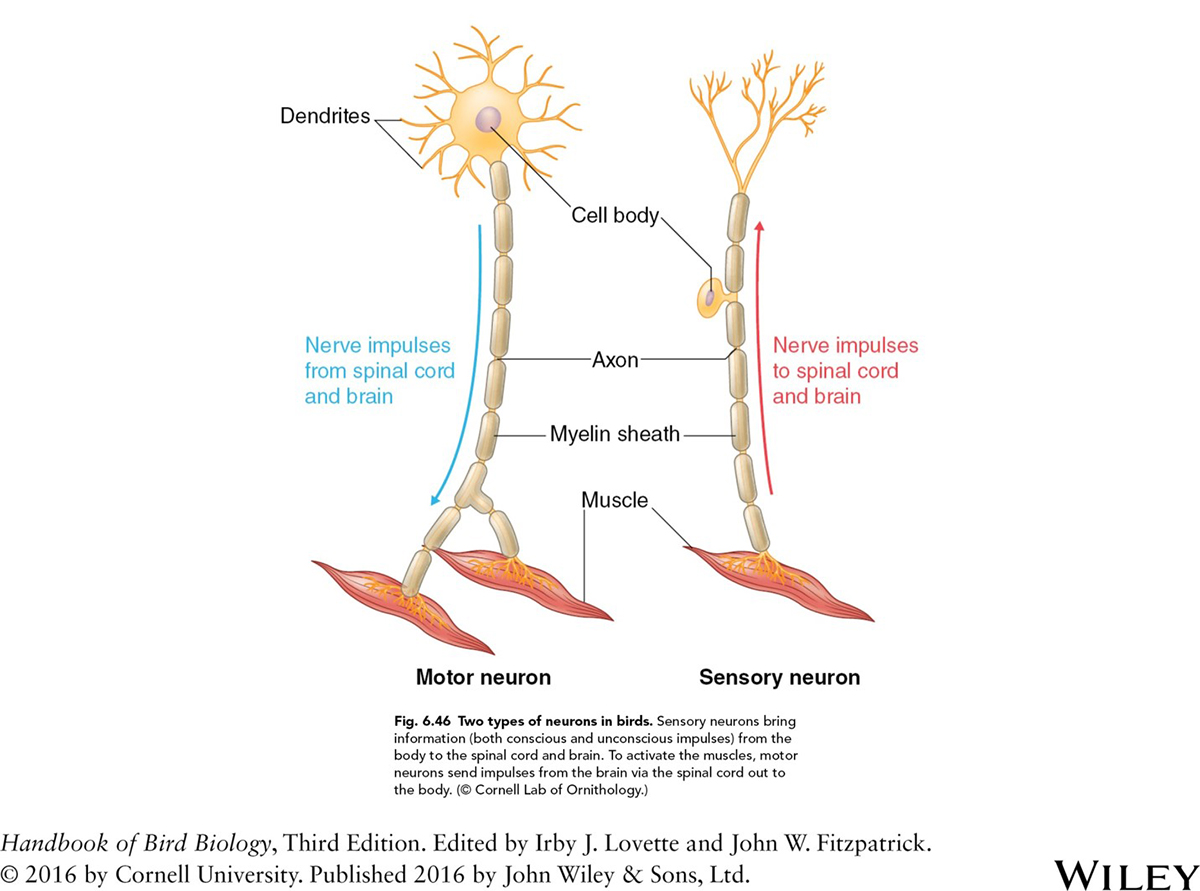
Many sensations can trigger a response from the motor and sensory neurons, including the presence of a predator, visual cues such as food, and pain. The motor and sensory neurons work together to create the bird’s reflex responses discussed earlier in the article as nociception.
The signals from the motor and sensory neurons are almost instantaneous. Just as we recoil our hand from a hot stove before our brains even register the danger, birds will recoil from danger before their brains even process the situation.
Discover how birds hear in this article I’ve written.
Do Birds Feel Pain? – The Studies
Various studies have been done on domestic chickens testing the pain effects of assorted husbandry practices such as beak trimming and pre-slaughter shackling. These studies are necessary to develop better animal welfare practices.
In 1987, P. C. Glatz tested the effects of beak trimming on hens in two separate experiments and used heart rate as an indicator of pain response. Elevation in heart rate is a typical pain response in humans.
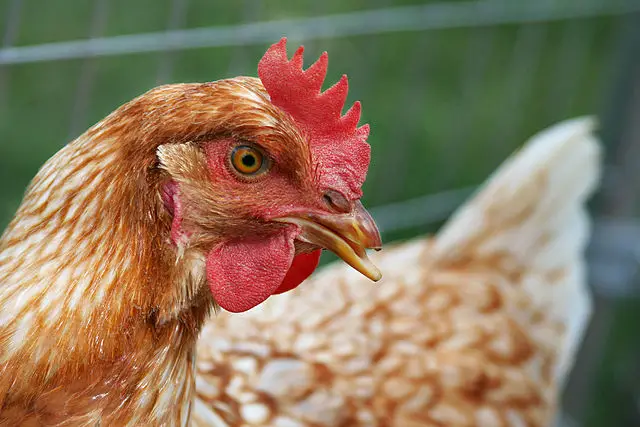
In the first experiment, 3 mm of the upper and lower mandibles were removed. These hens exhibited an increase in heart rate which lasted longer than that of the control group that had merely been caught and restrained. This suggested the change in heart rate was due to a short-term pain response.
In the second experiment where 4 mm or more of the beak was removed, the hens reached a plateau of heart rate recovery after 4 mm. Removing 6 and 8 mm did not increase their time to return to normal heart rate.
Both heavy and light strains of chickens were used in this experiment. It was discovered that the strains showed different levels of pain response. The heavy strain took 4 minutes longer to return to normal heart rate than the lighter strains.
Another experiment conducted in 1990 (Gentle and Hunter) involved testing the pain response caused by removing feathers from birds. Not only did the birds become agitated, flap their wings, or vocalize when feathers were removed, but they also showed increases in heart rate, blood pressure, and EEG arousal. All of this suggests that they experienced pain when their feathers were removed.
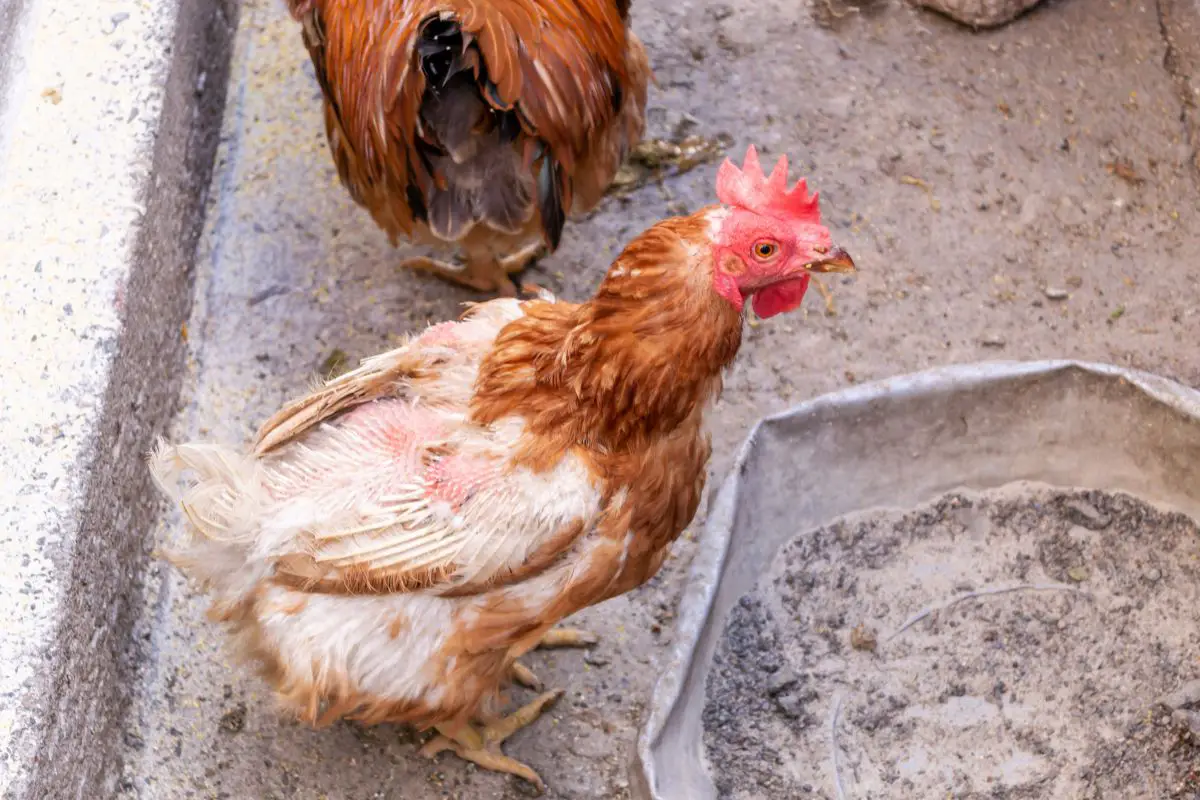
One further study I will mention is one by Gentle and Tilston in 2001. This was done to investigate the potentially painful consequences of shackling in commercial poultry.
I had never heard of this macabre practice prior to writing this article. Shackling involves inserting the legs of the bird into parallel metal slots and keeping it hanging by its legs for a period of time before stunning and slaughtering it.
The nociceptors of the skin over the tarsometatarsus in the lower leg were studied. After comparing the stimulus threshold measurements and the response stimulus nociceptors with measurements of the force applied during leg shackling, it was determined that this process is very painful for the birds.
Learn how birds communicate in this popular article.
Do Birds Feel Chronic Pain?
A lot of us (myself included) live with chronic pain. This is defined as pain that lasts for more than 3 months. It is a result of the nervous system entering an ongoing state of high alert where the nerves adapt to send signals more efficiently. This causes pain that outlasts the physical injury.
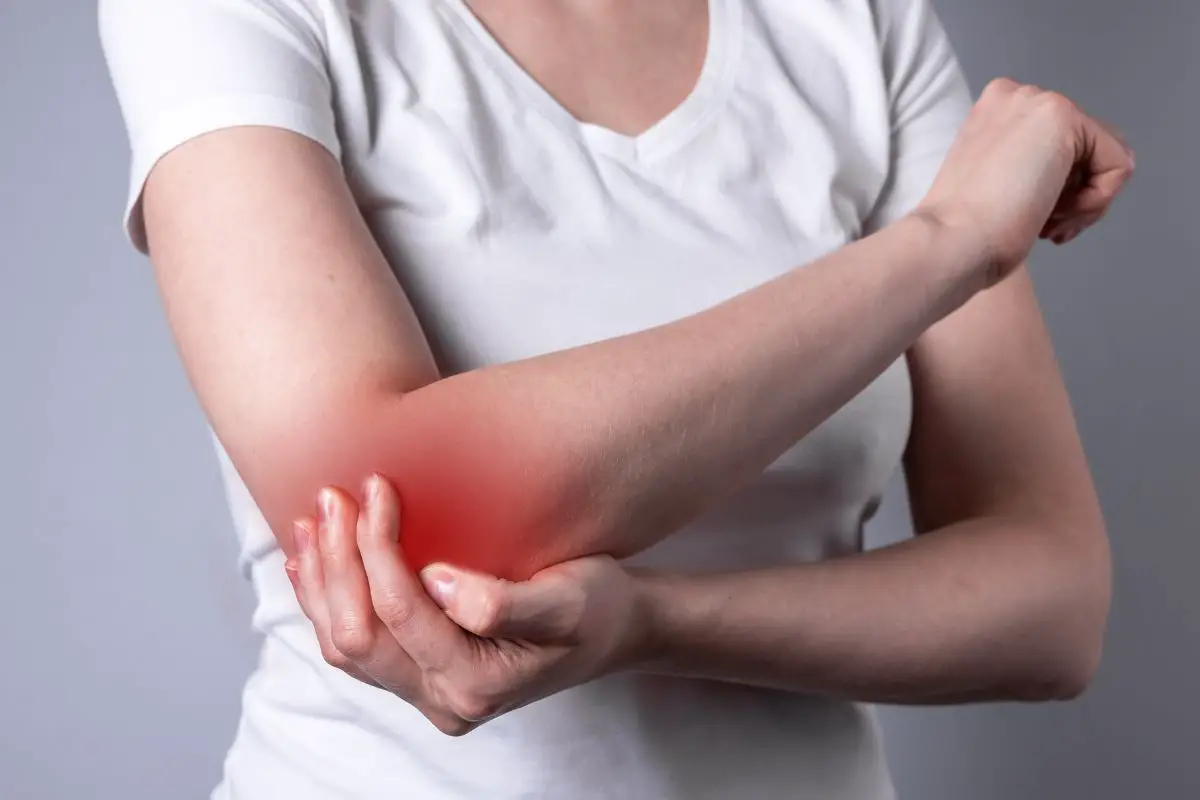
As birds’ nervous systems closely resemble our own, is it possible they too can experience chronic pain?
There is definitely evidence birds can suffer chronic pain following some of the husbandry practices mentioned above. Beak trimming has been found to cause chronic pain in older birds. During a study by Ekland (1981) birds were shown to doze or exhibit general inactivity up to 56 days after beak trimming. Such decreased activity is common among humans suffering from chronically painful conditions.
A lot of the recognition of chronic pain in birds is down to noticing changes in their behavior. This of course requires a knowledge of the normal behavioral patterns of the particular bird or species. Some behavioral changes in birds experiencing chronic pain might be:
- Decreased social interaction in normally social species
- Reduction in social grooming
- Perching away from the flock
- Guarding a particular body part
- Aggression
- Reduction in/changes to personal grooming
- Decreased appetite
- Weight loss
Conclusion
I have presented scientific proof that birds can feel pain. They possess a similar nervous system to our own, though slightly more complex. While I am a subscriber to science and trust that it presents a structured and factual view of our world and everything in it, I am also a logical and perceptive person.
As humans, it seems we have an innate ability to destroy ourselves but I also believe we have an innate ability to recognize pain and suffering in others. I believe this ability extends to recognizing this in other species too.
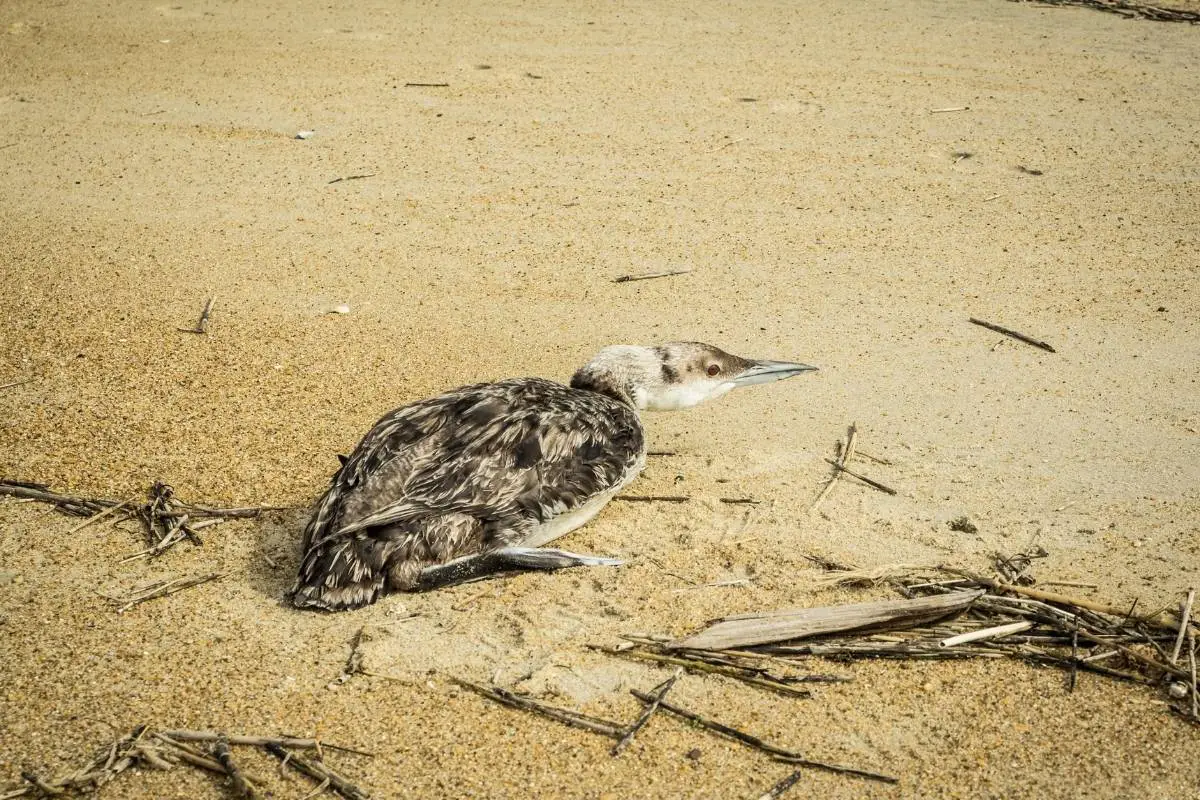
If a bird looks like it is in pain then it likely is. If it is behaving in a way that makes it look distressed, it may have some physical pain. You need to use your judgment and care if you find a bird that seems to be injured. Try to get the bird to a local vet as soon as possible.
Always exercise extreme care when handling an injured bird. Cover them completely with a towel or a piece of clothing and try not to touch the injured part. If you are not comfortable handling the animal, call a local animal rescue center. You will find a comprehensive list of animal carers in Australia and the UK in this blog post here on Birdwatch World.
References
- The Handbook Of Bird Biology – The Cornell Lab Of Ornithology
- Avian Pain: Physiology and Evaluation – Karen L. Machin, DVM, PhD
- Effects of beak trimming and restraint on heart rate, food intake, body weight and egg produc,tion in hens – P. C. Glatz
- Pain issues in poultry – Michael J. Gentle
- The mysterious science of pain – TED-Ed on YouTube
- How do animals experience pain? – TED-Ed on YouTube
- Pain Management – Joanne-Paul Murphy, DVM, Dipl ACZM
